The rise of beauty drinks reflects a growing awareness among consumers of the link between nutrition and skin health. While many products in this category rely on familiar ingredients like collagen, amino acids, vitamins, and botanical extracts, innovation in formulations has been slow to catch up with demand.
Introducing NeoGOS, A Next-Gen Prebiotic for Skin and Gut Health
At the forefront of this innovation, we present NeoGOS, a promising yet underutilized ingredient with powerful potential. NeoGOS is a patented prebiotic composed of galacto-oligosaccharides (GOS), naturally found in small amounts in milk and derived from galactose and glucose. Known for its ability to support digestive health by stimulating the growth of beneficial gut bacteria, NeoGOS is now gaining recognition for another compelling benefit: its remarkable potential to enhance skin health.
From Gut to Glow: How NeoGOS is Made and Applied
NeoGOS is produced through an enzyme fermentation process using lactose as the base material. Lactose is enzymatically converted into galacto-oligosaccharides (GOS)—short-chain dietary fibers composed of galactose and glucose. This method allows for high-purity GOS with consistent quality, making it suitable for various nutritional applications while maintaining stability across a range of pH and temperature conditions.
In combination with collagen-tripeptide, we investigated the effects of this unique blend in a preclinical study using UVB-exposed hairless mice—a well-established model for evaluating skin photoaging. The results revealed compelling evidence of its protective and anti-aging properties.
Read on to explore the full findings of our study and discover why NeoGOS could be the next game-changer in the beauty-from-within category.
Preclinical Study: How Collagen-Tripeptide and NeoGOS Mixture Works on the Skin
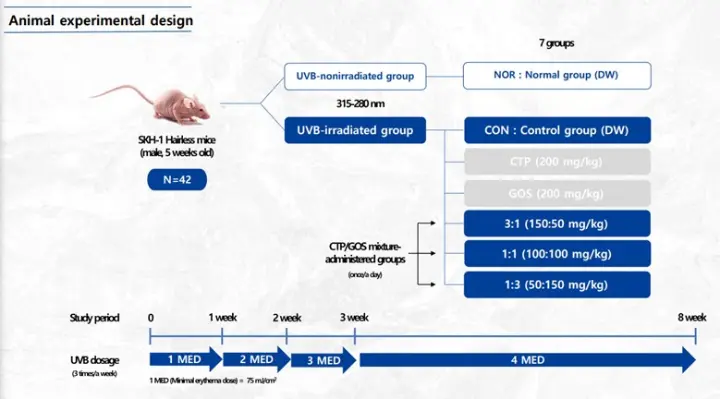
Image 1. Animal Experimental Setup for Evaluating CTP:GOS Mixtures on UVB-Induced Skin Aging in Hairless Mice
This schematic outlines the experimental design used to assess the effects of collagen-tripeptide (CTP) and galacto-oligosaccharide (GOS) mixtures on UVB-induced skin damage in SKH-1 hairless mice. A total of 42 mice were divided into seven groups, including normal (non-irradiated), control (UVB-irradiated), single CTP or GOS, and three CTP:GOS mixture ratios (3:1, 1:1, 1:3). UVB exposure was administered over 4 weeks, with daily oral dosing continued through week 8. This setup aimed to evaluate anti-photoaging effects based on skin and gut-related parameters.
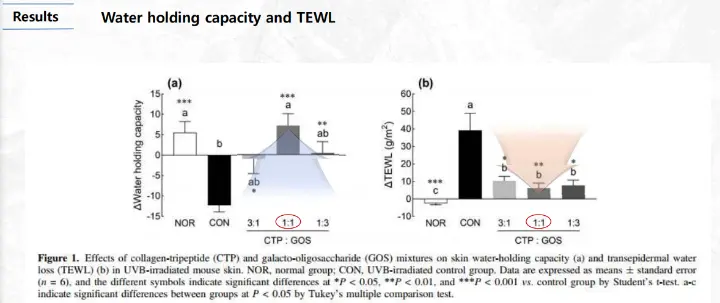
Image 2. Improved skin barrier function with CTP and GOS: 1:1 ratio shows optimal results
This image illustrates the effects of collagen-tripeptide (CTP) and galacto-oligosaccharide (GOS) mixtures on skin water-holding capacity and transepidermal water loss (TEWL) in UVB-irradiated mouse skin. The 1:1 CTP:GOS ratio demonstrated optimal results for improving skin barrier function, indicated by significantly reduced TEWL in all groups administered as CTP and GOS mixture and improved water holding capacity compared to the control group.
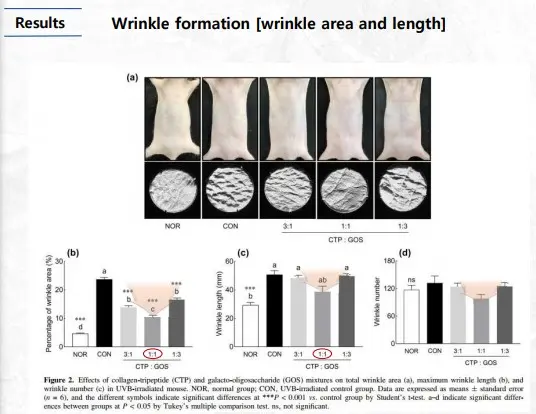
Image 3. Reduced wrinkle area and length with CTP:GOS mixture
This image shows significant reduction in wrinkle area across all CTP:GOS mixtures compared to the control group. Among the tested ratios, 1:1 mixture demonstrated the most optimal results in reducing wrinkle area, maximum wrinkle length, and wrinkle number, indicating strong anti-photoaging potential.
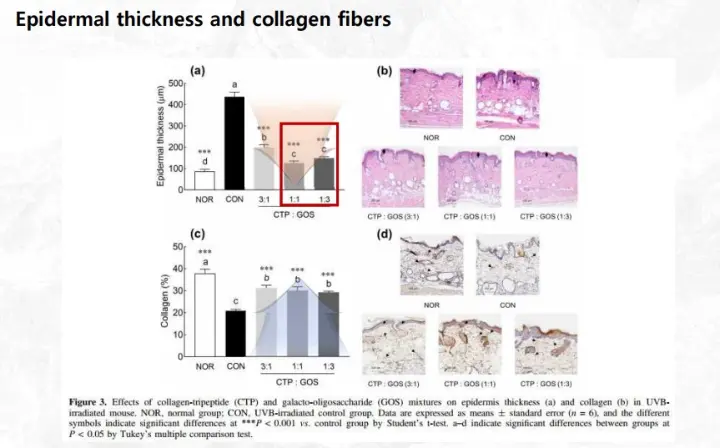
Image 4. Improvement of epidermal thickness and collagen fibers with CTP:GOS mixture
This image demonstrates the effects of CTP:GOS mixtures on epidermal thickness and collagen content in UVB-irradiated mouse skin. All mixture groups showed improvements compared to the control, with the 1:1 ratio displaying balanced and significant recovery in both epidermal thickness and collagen density. Histological analysis further confirms enhanced skin structure and collagen fiber presence, supporting the anti-photoaging potential of CTP:GOS combinations.
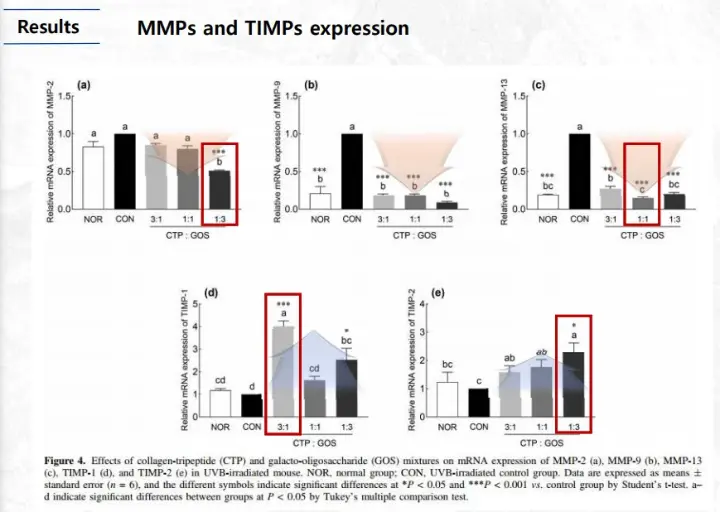
Image 5. CTP:GOS Mixtures Regulate MMP and TIMP Gene Expression for Skin Structure Preservation
This image illustrates the effects of CTP and GOS mixtures on the expression of matrix metalloproteinases (MMP-2, -9, -13) and their inhibitors (TIMP-1, TIMP-2) in UVB-irradiated mouse skin. The 1:1 ratio effectively reduced MMP expression, which is associated with collagen breakdown, while the 3:1 and 1:3 ratios significantly enhanced TIMP expression, supporting skin matrix protection. These findings highlight the potential of CTP:GOS mixtures to restore the balance between collagen degradation and preservation.
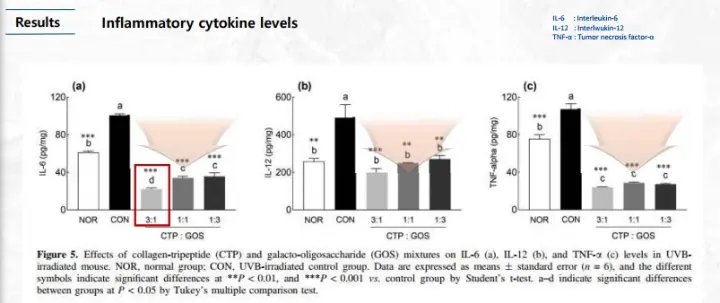
Image 6. CTP:GOS Mixtures Reduce Inflammatory Cytokine Levels in UVB-Irradiated Skin
This image shows the effects of CTP and GOS mixtures on inflammatory cytokines—IL-6, IL-12, and TNF-α—in UVB-irradiated mouse skin. All CTP:GOS ratios significantly reduced pro-inflammatory markers compared to the control, with the 3:1 ratio showing the most pronounced suppression of IL-6. These findings highlight the anti-inflammatory potential of CTP and GOS combinations in preventing UV-induced skin damage.
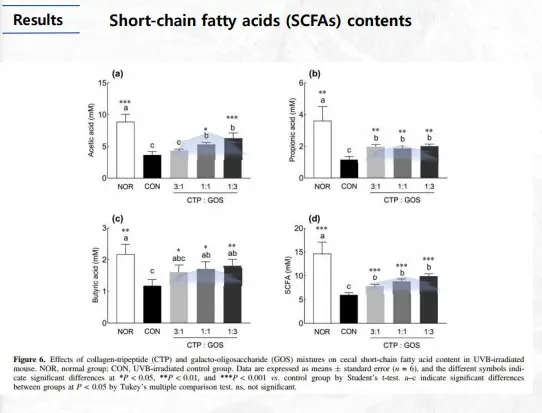
Image 7. CTP:GOS Mixtures Elevate SCFA Levels to Support Gut-Skin Health Axis
This figure displays the impact of CTP:GOS mixtures on cecal short-chain fatty acids (SCFAs)—including acetic acid, propionic acid, and butyric acid—in UVB-irradiated mice. All mixtures led to significant increases in SCFA levels compared to the control, with the 1:1 ratio showing consistently elevated values across most SCFAs. These results suggest that CTP:GOS combinations may contribute to skin health via modulation of gut-derived metabolites, supporting the gut-skin axis concept.
Best CTP and GOS Ratios for Anti-Photoaging
Based on the findings, the photoaging inhibition effect varies depending on the mixing ratio of CTP and GOS. A 3:1 ratio demonstrated a stronger anti-inflammatory response by lowering IL-6, IL-12, and TNF-α, while the 1:1 ratio offered better moisture retention and wrinkle reduction. Both ratios contributed to improved epidermal thickness through gene regulation.
Additionally, microbial changes showed beneficial shifts depending on the CTP or GOS dominance. Overall, mixing CTP and GOS in either a 1:1 or 3:1 ratio provides an optimal balance between efficacy and cost-effectiveness for anti-photoaging applications.
NeoGOS Distributor
Interested in elevating your innovation with NeoGOS? Contact Maha, your trusted NeoGOS distributor, to request FREE samples, expert formulation guidance, and comprehensive technical support!